The advancement of LED technology is like "discovering America" for lighting designers
Movie: designers Daniel Rybakken and Francisco Gomez Paz discussed their latest chandeliers as well as the challenges and opportunities of LED lighting in this talk Dezeen hosted for Luceplan in New York.
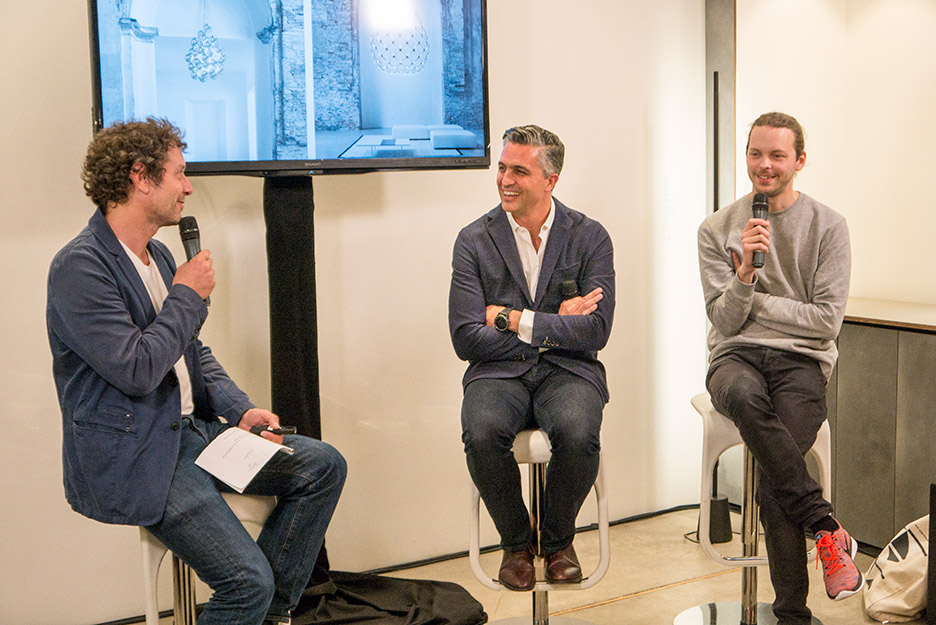
Dezeen founder and editor-in-chief Marcus Fairs moderated the talk at Luceplan's showroom in Soho during New York design week.
He put it to the two designers, who have each created a new chandelier for the Italian lighting brand, that LED technology has instigated a revolution in the lighting industry over the past five years.
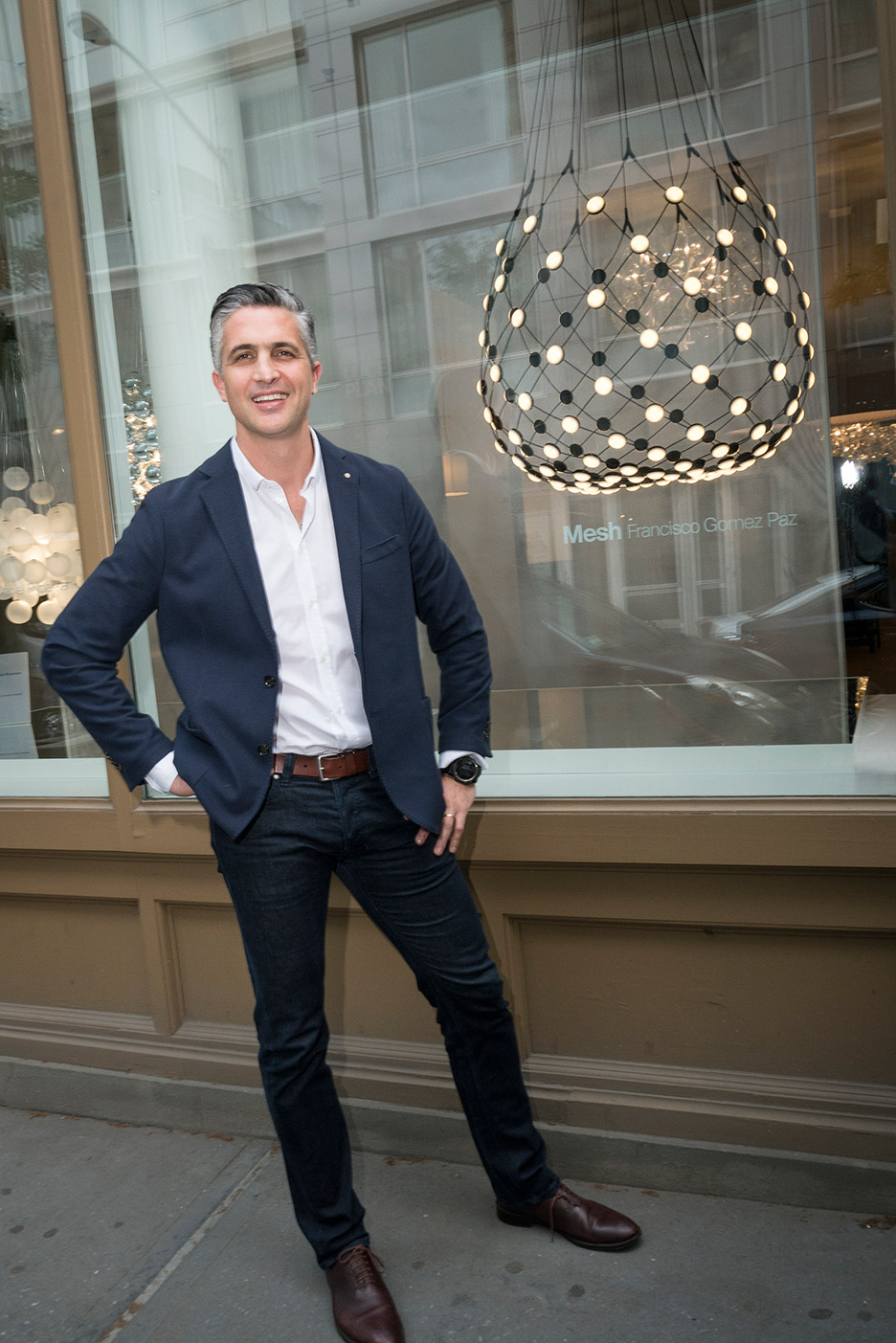
"I think it's fantastic," Milan-based Gomez Paz responded. "It's like we discovered America! We can go to explore new things, so it's amazing. We have a great opportunity."
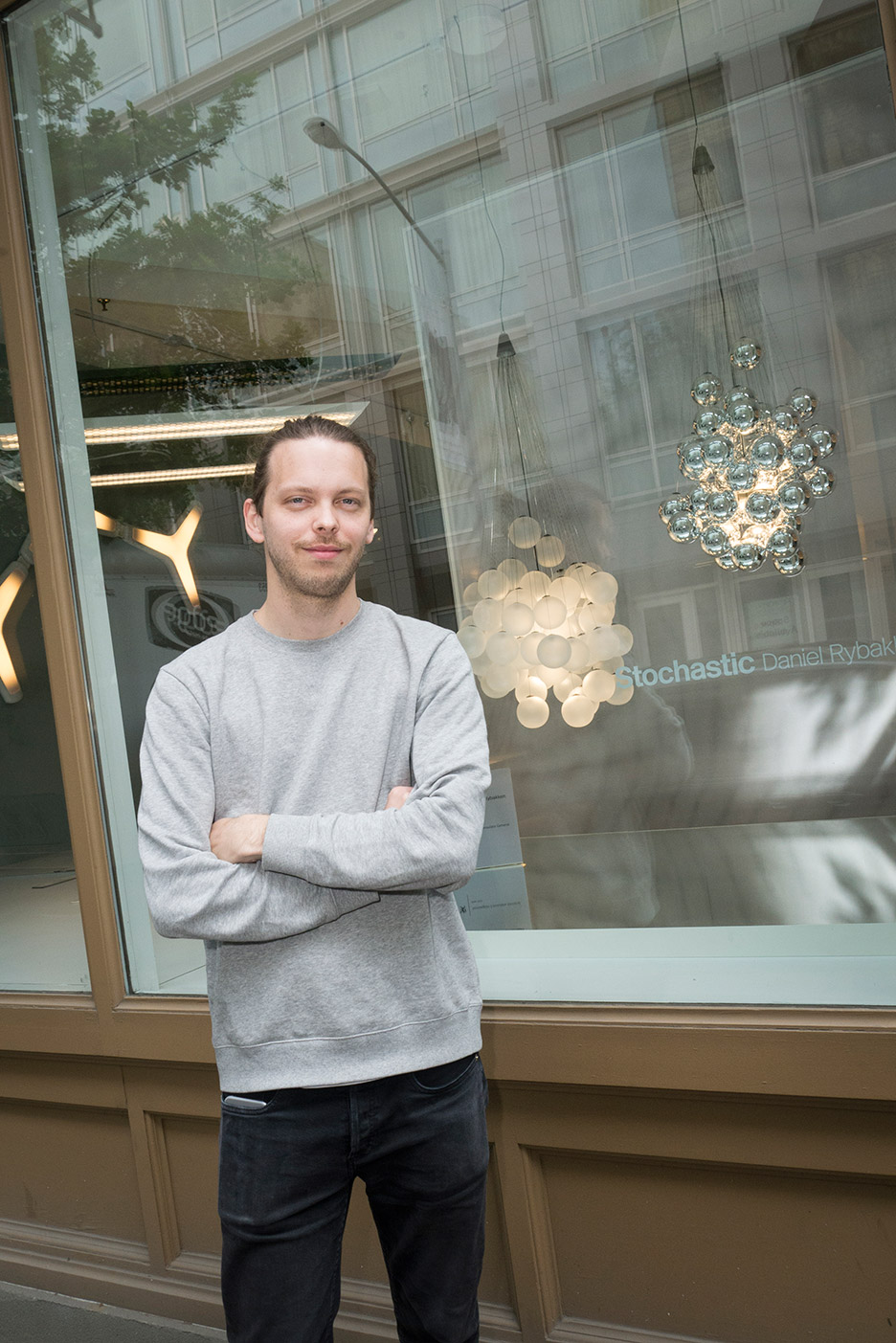
Norwegian designer Rybakken added that designing with LEDs also brings a new set of challenges, in particular the need to ensure they do not overheat.
"Designers want freedom, but I think they also want constraints," he explained. "In a way, it's a good thing with LEDs – there are a lot of positive things, but suddenly we need to cool them."
"With halogen bulbs we didn't need to cool them. But LEDs can't reach over 70 degrees."
Gomez Paz added, "The LED is very complex. You have to cool it, you have to give direction to the light with lenses. It's a very complex object and you need to play with all those things at the same time. But that's fantastic and fun."
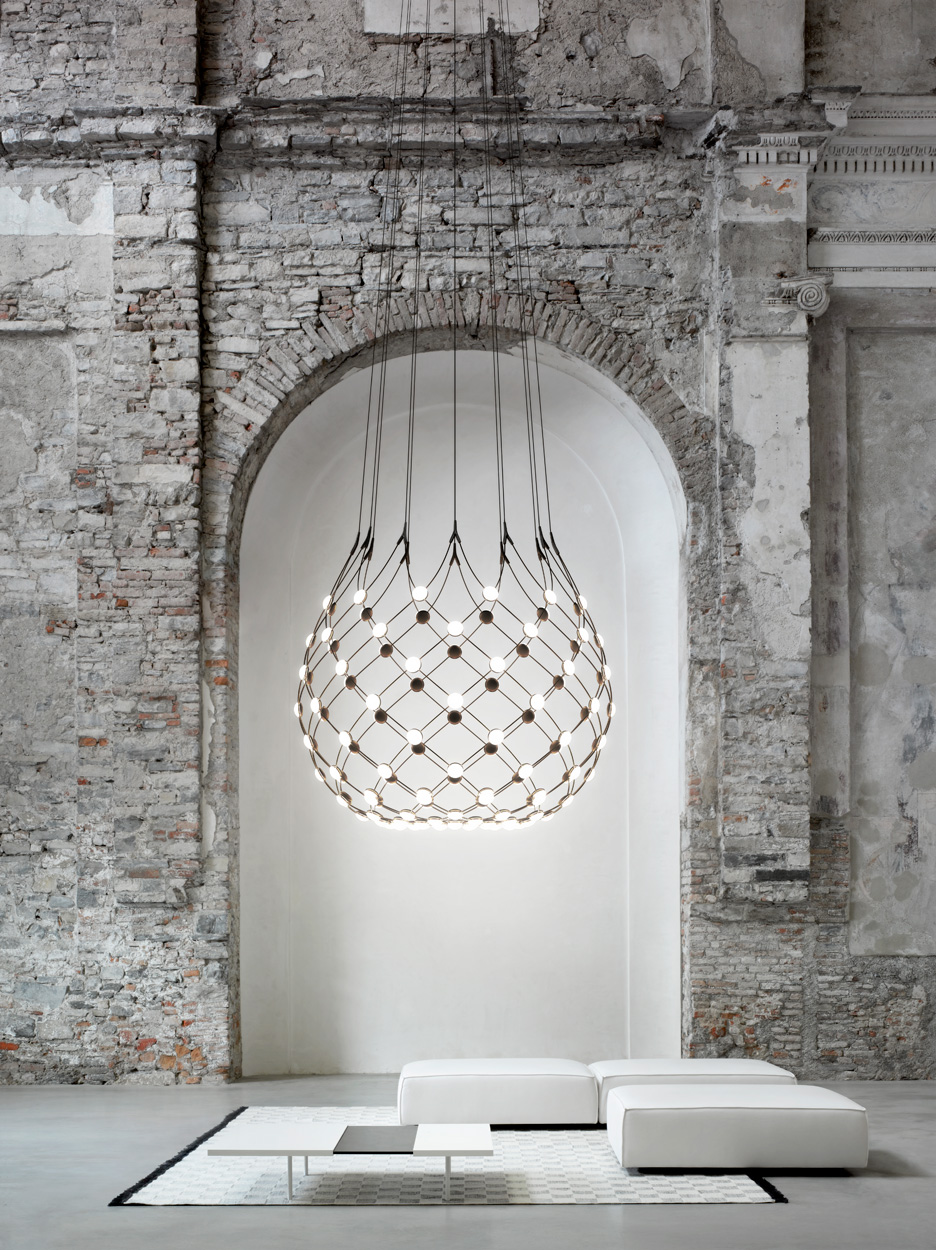
Gomez Paz's latest product for Luceplan is a chandelier called Mesh, which comprises a network of metal cables with LEDs positioned at the intersections.
"This project is the end of a process of experimentation with LED lighting," Gomez Paz explained. "It was really interesting to deconstruct this unique source of light, to make it explode in the space."
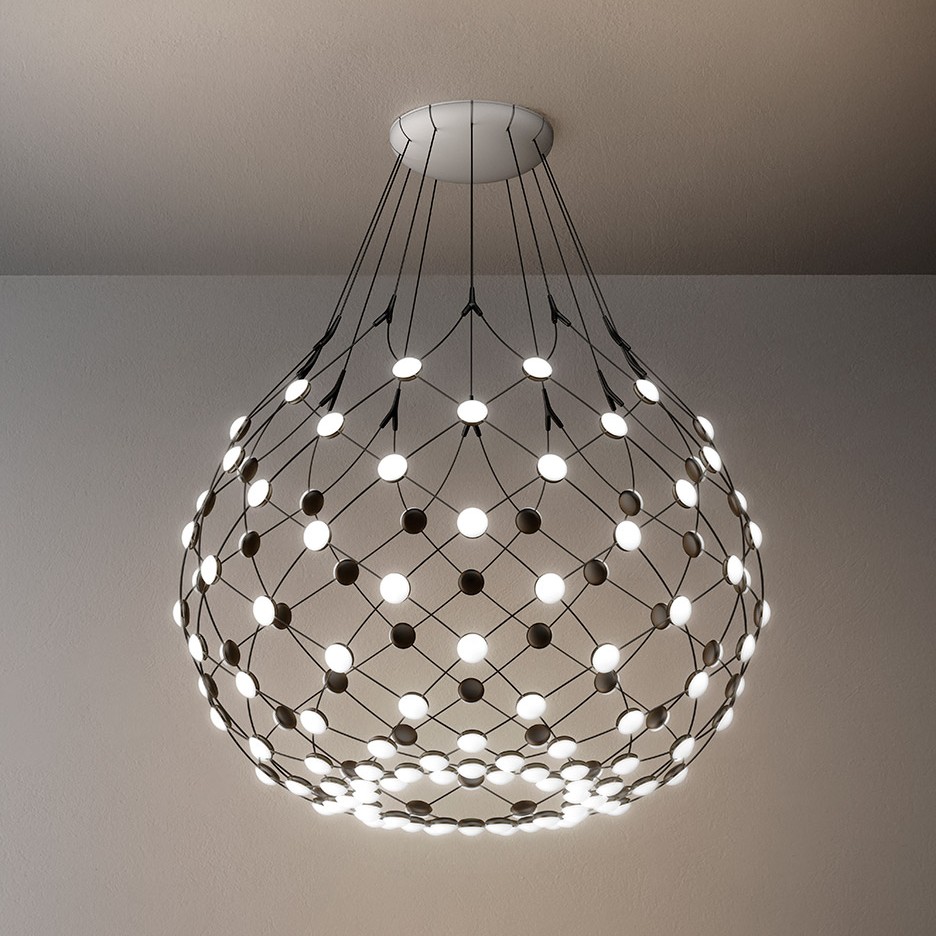
Each of the LEDs in the lamp can be independently controlled, so users can choose to cast light in different parts of a room at different times.
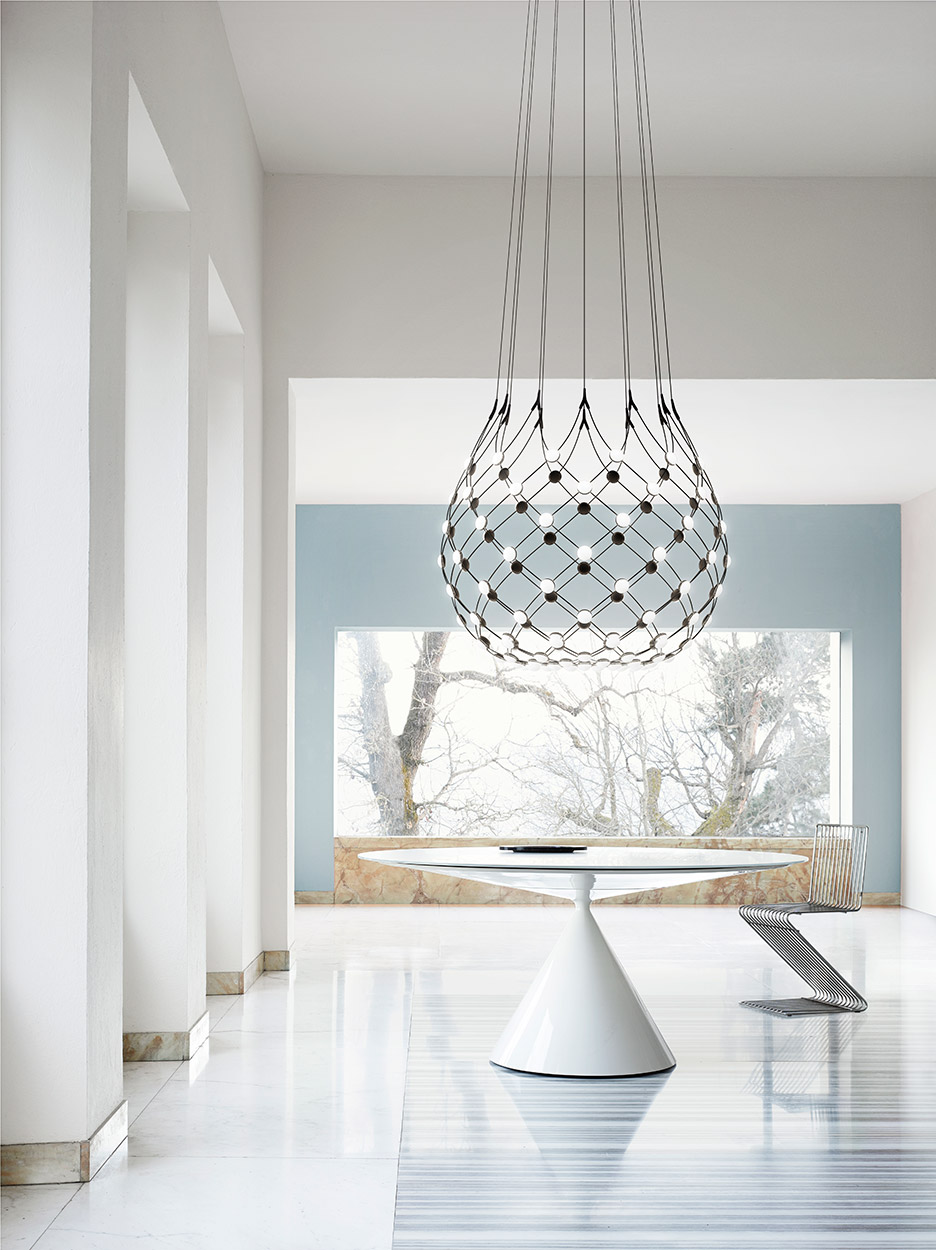
"Because LEDs are electronic, I can turn each LED off independently," Gomez Paz said. "So the concept was to do maybe the first lamp in the market to generate a different quality of light in 360 degrees."
"That was my dream and we managed to do that."
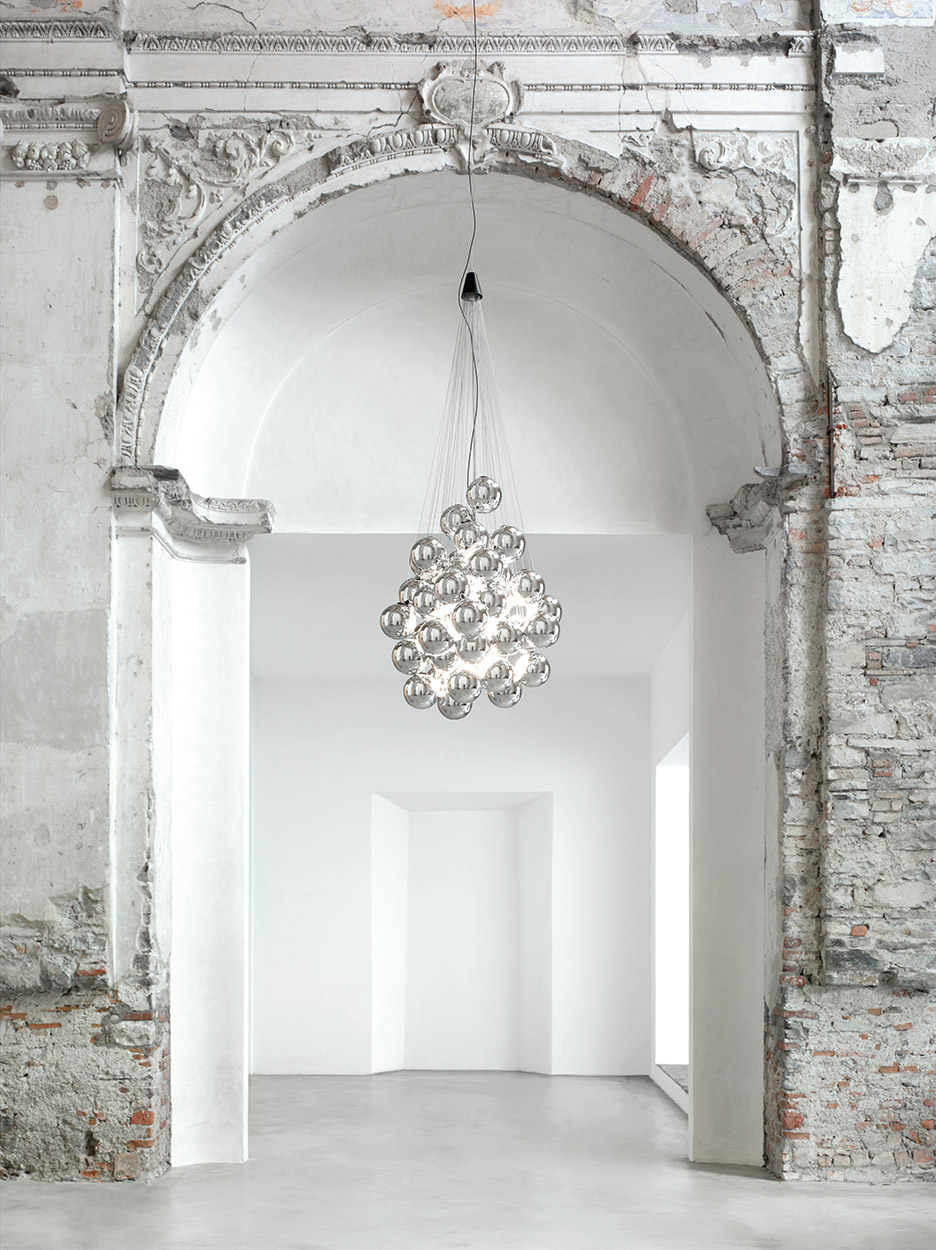
Unlike Mesh, Rybakken's new light Stochastic features a single light source that is obscured by a series of glass spheres in either a metallic or frosted finish.
"The idea was to have a very strong central light source," he explains. "By hiding the light source, I think that you can create a bit of mystery to the object."
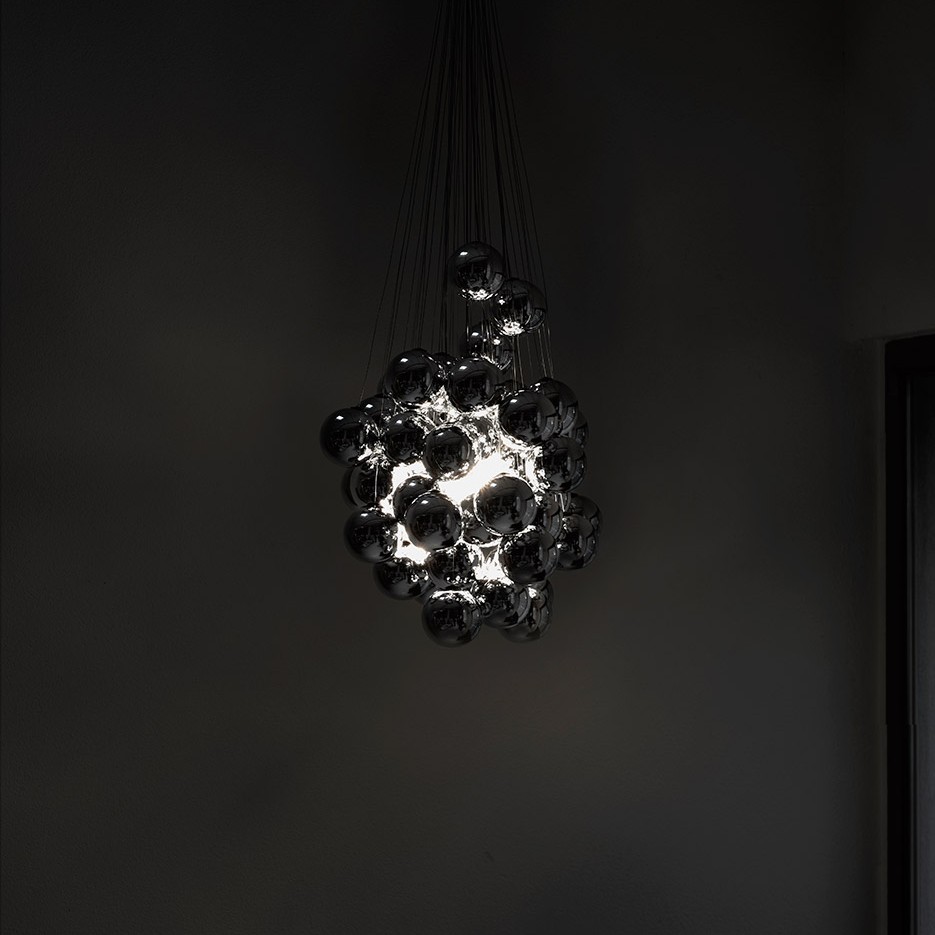
Rybakken was attracted to the idea of making a chandelier with a very simple repeated element.
"It's a very difficult typology, because a chandelier is about so much more than just giving a certain amount of light," he said. "A chandelier is about what it communicates. The functions of it are the aesthetics of it."
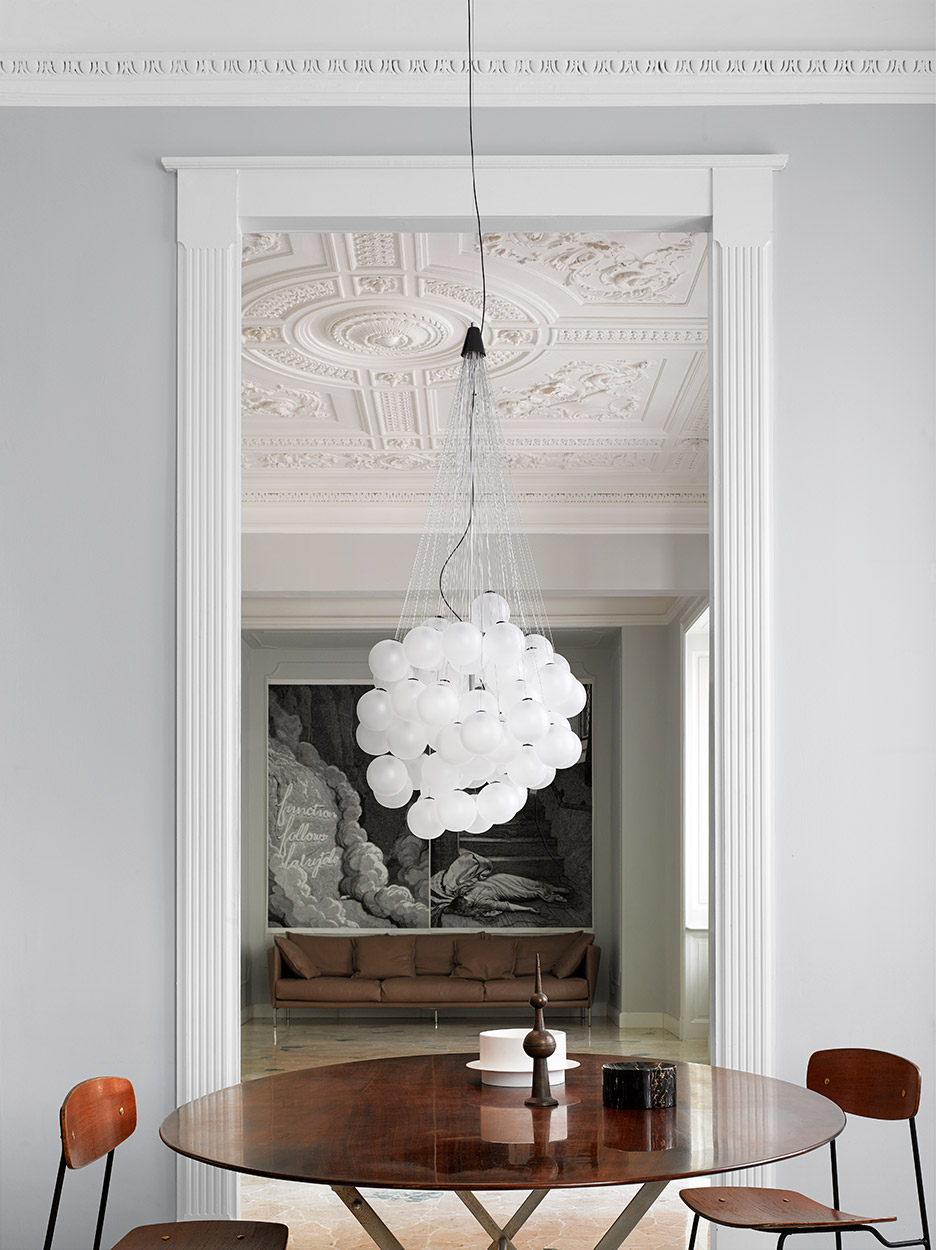
"Looking at a classic crystal chandelier, it is often a very complex small detail that is repeated," he continued. "I wondered, what if you take the repeated object and make it really simple?"
"When you cluster it, you have something that is much more maximalistic."
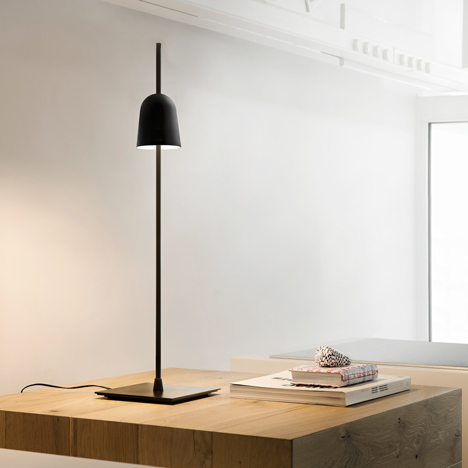
Mesh and Stochastic are the latest in a series of products the two designers have created for Luceplan over the years.
Gomez Paz's previous work for the Italian brand includes an extendable lighting system, while Rybakken previously created a table lamp that dims as it's pushed down a thin vertical stand.
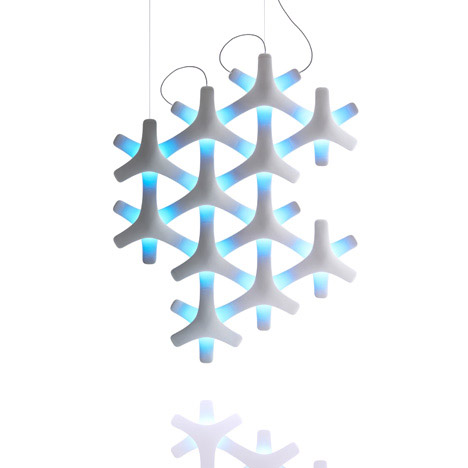
Rybakken described his relationship with the company as "like a marriage". He said, "Our relationship started with the intention of doing several lights together."
Gomez Paz has a similarly long-term relationship with the brand.
Subscribe to Dezeen's YouTube channel for the latest architecture and design movies
"Luceplan was the first big company to give me an opportunity, they really trusted in me and gave me a lot of resources to be able to develop my ideas," he said. "So it's a company that I have a very deep relationship with."
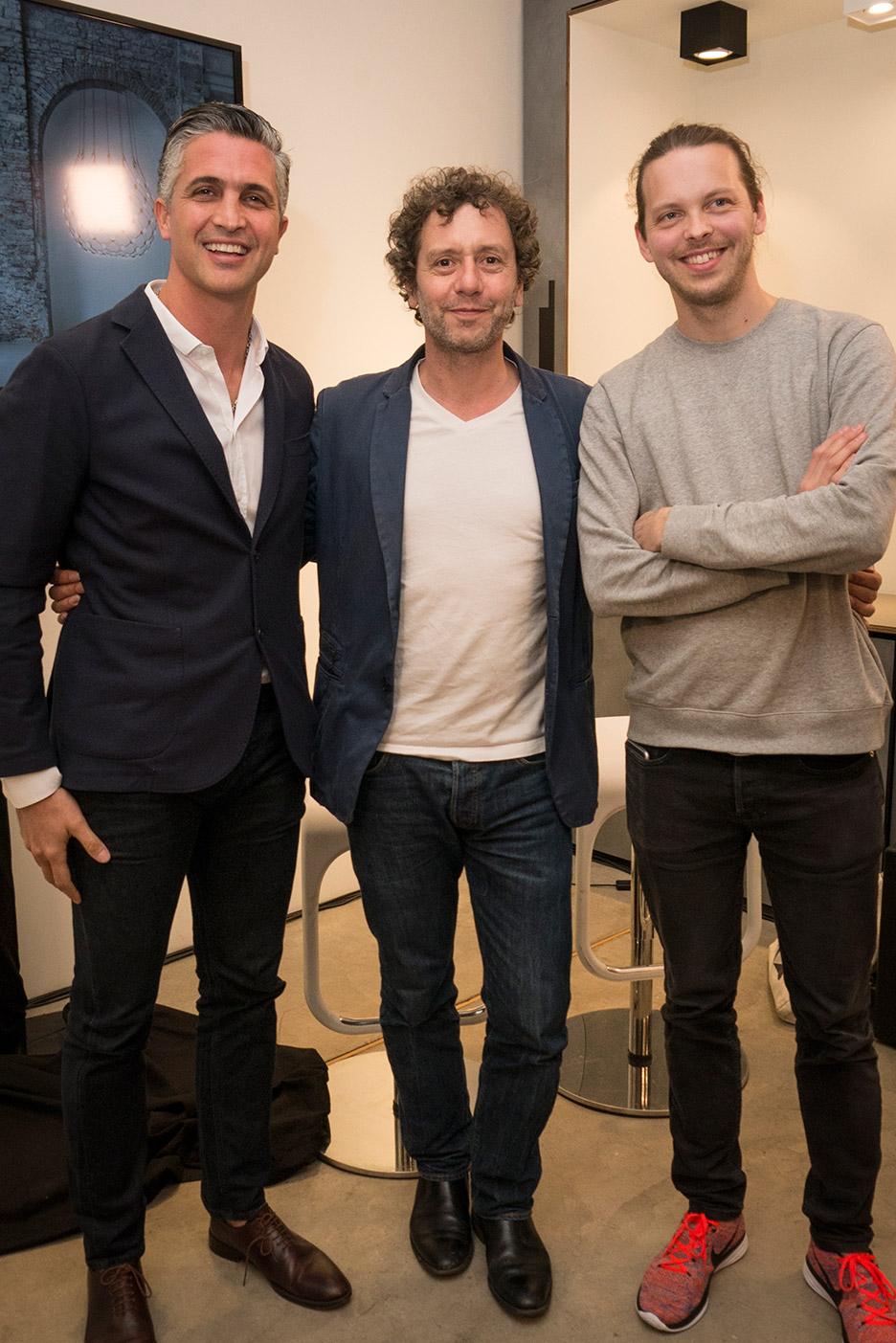
This movie was filmed in New York by Dezeen for Luceplan.